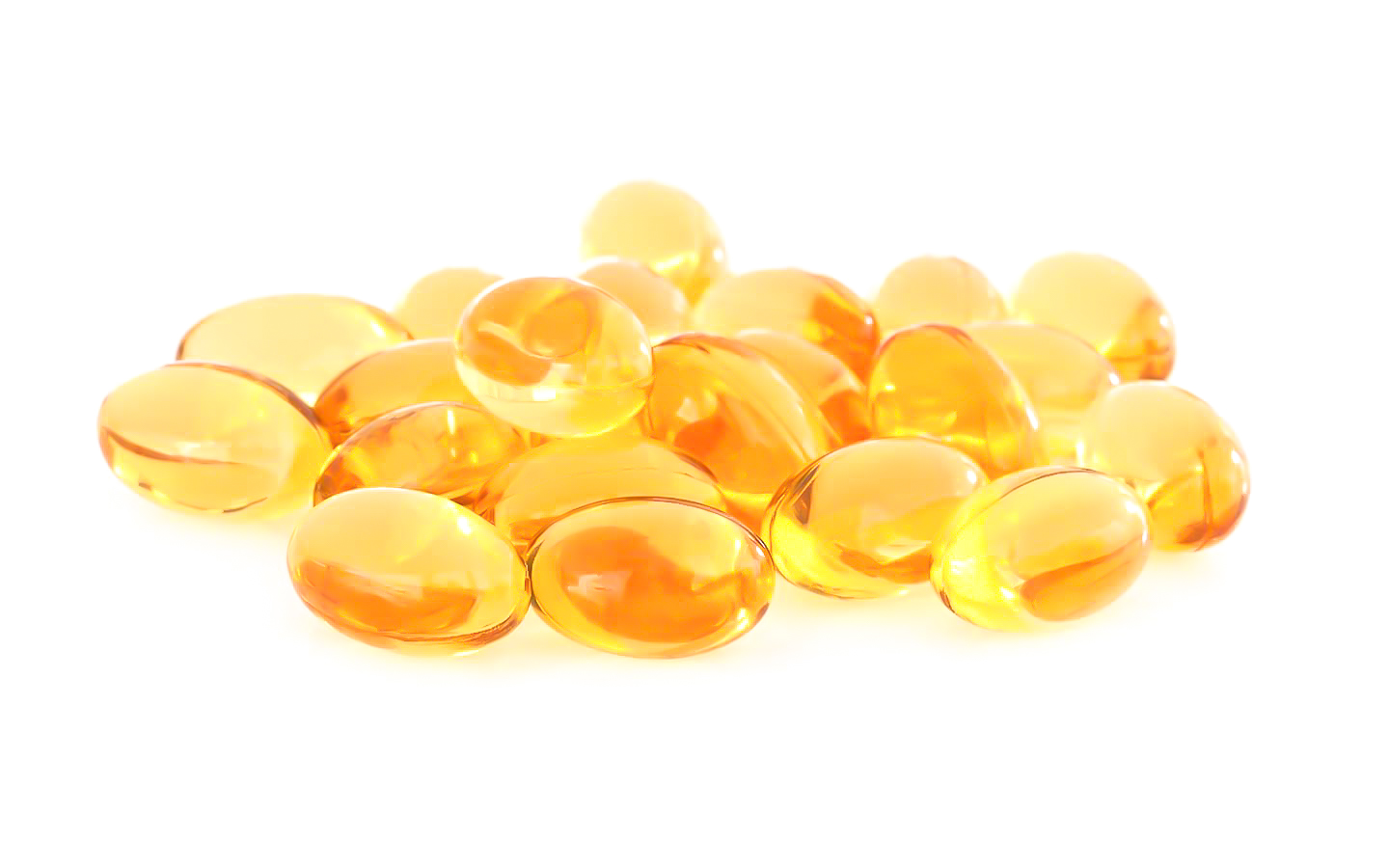

TOCOPHEROL-
What effect does the ingredient tocopherol have on the body?
Tocopherol or vitamin E is an antioxidant and skin-caring active ingredient. How tocopherol works, which applications there are and how it is obtained, you can learn here.
Tocopherol, or vitamin E, is one of the fat-soluble vitamins.
It is a component of all membranes of animal cells, but is only produced by photosynthetically active organisms such as plants and cyanobacteria.
Tocopherol occurs naturally in high-quality vegetable oils such as wheat germ oil, sunflower oil, flaxseed oil and olive oil. But tocopherol can also be found in cereal germ, egg yolk, nuts, whole grain products, dairy products, butter and margarine.
Synthetically, the production of vitamin E acetate is a multi-step process. The oily, odorless liquid is produced in such high purity that it can also be used for drug manufacturing. Synthetic vitamin E is also popular as a feed additive and additive for cosmetics.
Tocopherol has antioxidant, skin care and perfuming properties. Specifically, the active ingredient tocopherol is particularly useful for the skin due to its antioxidant properties. It provides smoothing and improvement of skin relief. It also improves the water-binding capacity of the horny layer and influences the moisture content of the skin. Vitamin E is considered a radical scavenger, which means that it reduces UV – induced damage and protects the cell membrane from extrinsic skin aging (UV A + B influences) – In addition, tocopherol is a protection against oxidative damage to the cell membrane and provides stabilization of the biological membrane. Tocopherol or vitamin E is thus a real hero for the skin.
After penetration into the skin, esterases cause tocopherol to be broken down into its actual active form, namely free vitamin E. It builds up cell protection and supports the regeneration of the skin. Due to its lipophilic properties, it protects the cell membranes and cells of the skin particularly well against so-called free radicals. Furthermore, vitamin E helps to improve the surface structure and to increase the moisture-binding capacity of the skin. In the epidermis, vitamin E is the most important antioxidant for cell protection. It intercepts aggressive compounds caused by UV radiation in the skin and thus prevents premature skin aging. It thus protects cell membranes, lipoproteins and depot fat from oxidation. Vitamin E is mainly used in skin care creams and sunscreens.
The use and effect concentrations of tocopherol acetate for general skin care described in the literature range from 2 – 10 % tocopherol acetate as an active ingredient in skin care products. With vitamin E, the dose makes the difference. While the antioxidant benefits of vitamin E are seen at fairly low concentrations, higher concentrations are needed for most other effects. 2% tocopherol or one of its derivatives in a cream is an effective concentration for which the effect, e.g. for the reduction of UV-induced skin damage, has actually been demonstrated (Rangarajan, Zatz; Journal of Cosmetic Science. 50, S. 249-279 (1999)).
Vitamin E is a multifunctional ingredient for the prevention of skin aging and thus highly recommended for mature skin. However, the ingredient is also highly beneficial for all other skin types, as it is known to keep the skin in good condition in general.
There is no recommended daily dose or recommendation for the use of products containing tocopherol. The literature describes levels of 2-10% tocopherol acetate as an active ingredient in skin care products. As long as these are not exceeded and the product is used as intended, no further restrictions are to be observed.
With regular and especially early use of preparations containing tocopherol, the skin can appear smoother and more youthful, which can delay the need for expensive anti-aging creams. However, preparations containing vitamin E should be used on a long-term basis in order to exert an effect on the skin.